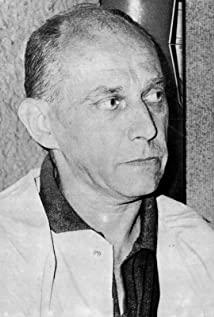In the tradition, time appears in the mind as the image of the deceased person who is reluctant to give up day and night. The PPT form is the cutting of time, just like a set of cards is scrambled and re-interspersed, and consciousness is controlled over time.
The living space is squeezed away, looking for a lifeline on the time axis, but living in the gap of time cannot prevent the arrival of death.
The whole film uses consciousness as a progress bar, and the use of photos seems to be real, but it removes the perception that can resonate, just like a long-held memory that has lost its emotion and is shattered. This is also the reason why everyone can't successfully pass the time experiment but the protagonist can - the memory is constantly being reshaped by time, and the doubt is always in the heart. The strong emotional fluctuations caused by the man's death in his heart left deep traces in his memory. At this time, this piece of death fragment is no longer a memory, and infinitely enlarged to become a consciousness and a question in his mind.
Death never seems to mean the end of consciousness. Can consciousness transcend time?
The protagonist saw with his own eyes that his own death caused his own life time axis to fall into a cycle, an endless cycle of self-consciousness. Since then, he has become a spiritual mute, a life that is really incomprehensible. Perhaps it is this endless cycle of consciousness that allows him to walk across the time axis arbitrarily.
In fact, I don't even know what I'm talking about.
View more about La Jetée reviews








